How to clean a memory foam mattress – 4 simple sanitizing steps that won't damage it
Memory foam mattresses aren't cheap. Our cleaning experts share how to keep this expensive sleep investment in shape for longer


Ottilie Blackhall
Cleaning any mattress is a tough task but when it comes to a delicate material such as memory foam, it gets even more tricky as a few wrong moves and you've damaged this often-expensive sleep essential.
Professional cleaners explain that using too much water on your memory foam mattress can lead to mold, whilst heat can damage the fibers. Not cleaning enough will lead to odors – so how do you clean a memory foam mattress properly if water and heat are out of the mix?
Here, our cleaning experts break down the step-by-step of cleaning a mattress made of this brilliantly supportive and comfortable material so it gets freshened up with losing its shape or becoming defective in the process.
What you need to know about cleaning a memory foam mattress

One of the biggest mattress cleaning mistakes and sleep hygiene mishaps is failing to clean your memory foam mattress often enough.
Parima Ijaz, founder of Pure Parima, a luxury bedding brand, explains, 'Keeping up with memory foam mattress hygiene is just as important as washing and caring for your bed linens. While it’s crucial to maintain mattress cleanliness, it does not require a cleanse as often as your sheets. Because you keep your mattress covered with sheets and protectors, it is not necessary to clean it multiple times a month like you do with bedding, since there are a few protective layers between you and the mattress.
'However, cleaning your memory foam mattress should not be neglected and should be prioritized as much as the rest of your linens, pillows, and other bedding essentials. Try to clean your memory foam mattress every 1-2 months for the most hygienic sleep. This helps to remove dust, dead skin cells, allergens and other unwanted odor and buildup.'
What you will need to clean your memory foam mattress:
Before you can start, gather your cleaning supplies:
- Your best vacuum. Our top pick is the Dyson Gen5outsize Absolute vacuum available at Dyson, if you're looking to replace your vacuum.
- A stain treatment such as an enzyme cleaner, like Nature's Miracle Stain Remover from Walmart or a gentle detergent such as Woolite Gentle Cycle Detergent, also from Walmart
- Baking soda
- White vinegar, such as Great Value Distilled White Vinegar available at Walmart.
- A brilliant mattress protector (optional) such as H&G's best budget mattress protector, the hypoallergenic Amazon Basics one.
1. Remove the bedding and vacuum

Before you start washing memory foam, remove your best bed sheets and best mattress topper to thoroughly vacuum the mattress.
Trish Duarte, president and CEO of MaidPro of Temecula and Murrieta says, ‘Start by using a vacuum cleaner with a brush attachment to remove any loose dirt, dust, and debris from the surface of the mattress. This helps to eliminate surface particles before proceeding with further cleaning.’
For example, Karina Toner, cleaning expert and operations manager at Spekless recommends using the Shark HV343AMZ Rocket Corded Stick Vacuum available at Amazon.
'Its powerful suction and compact upholstery tools make it perfect for mattress cleaning,' she says. 'Pay extra attention to seams and edges.'
2. Spot clean stains
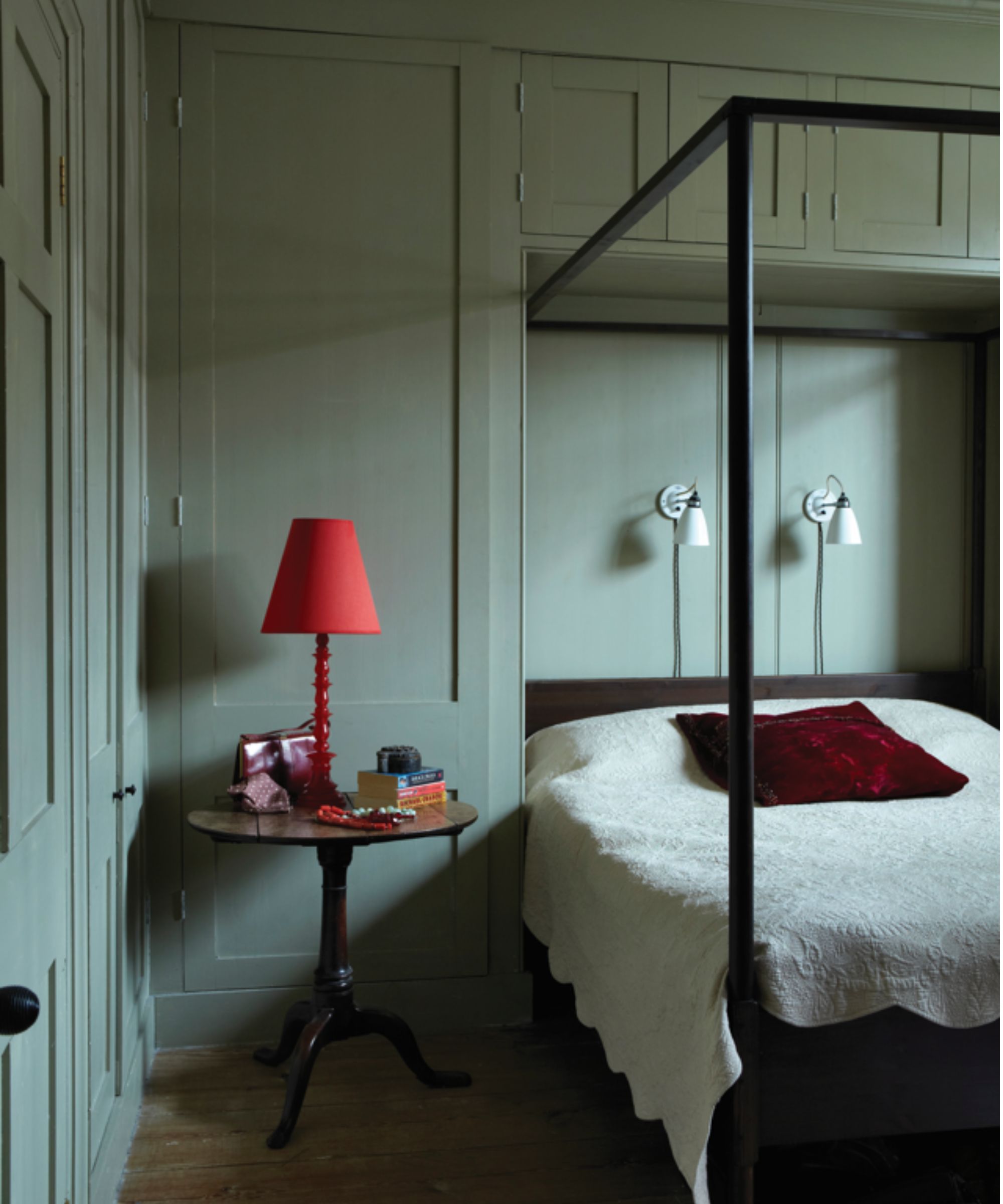
Then, you can spot clean stubborn stains, but be careful – when cleaning memory foam, it is vital to avoid getting it too wet. For that reason never scrub the whole mattress.
Ross Pascale, cleaning expert and director of Neeet House Cleaning suggests, ‘For any lingering stains, mix a tiny amount of mild detergent with a whole lot of water. Always test the solution on a hidden part of the mattress first to make sure it doesn't stain it. Then, use a damp cloth (such as the HOMEXCEL Microfiber Cleaning Cloth available at Amazon) dipped in the solution to dab at the stain. Don't soak the area.’
You also shouldn't rub the solution on your cloth in circles as that will put the wetness into the foam. Keep to gentle dabbing.
When removing discoloration from your bedding, such as tough sweat stains, Christina Heiser, content director at Saatva, a luxury sleep company, recommends switching to an enzyme cleaner. She says, ‘In most cases, a non-toxic, natural enzyme cleaner, which chemically breaks down stains and odors, should be sufficient.
‘Alternatively, you can create your own all-natural DIY stain remover by cleaning with lemon juice combined with salt. Put the solution in a spray bottle, spray it onto the stain, and let it sit for up to an hour. After that, wipe off the solution with a clean towel.’
With the stain lifted, allow the area to dry completely before moving on. 'You can leave the window open to help accelerate this process,' recommends bedding expert Ijaz.
Alternatively, you can setup a small dehumidifier from Amazon, next to the damp area of the mattress you've just cleaned to speed up the drying. Punteha van Terheyden, head of Solved at H&G says, 'I spilled a large tumbler of water on my memory foam mattress so I put my small dehumidifier right next to it. It was fully dry in four hours.'
All prices correct at the time of publication.
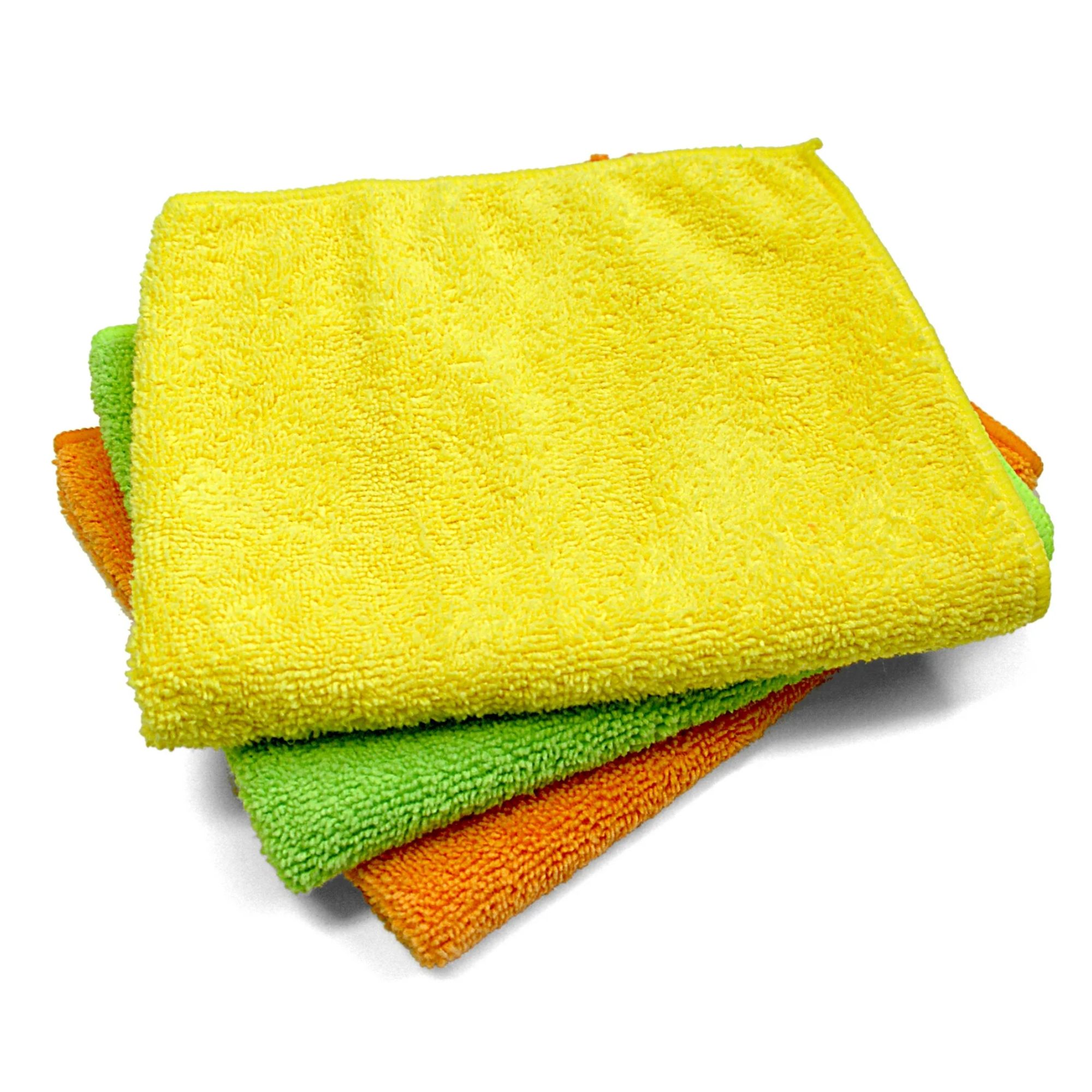
These microfiber cleaning cloths are ideal for cleaning, dusting and polishing all around the house, and can be used for color-coded cleaning.
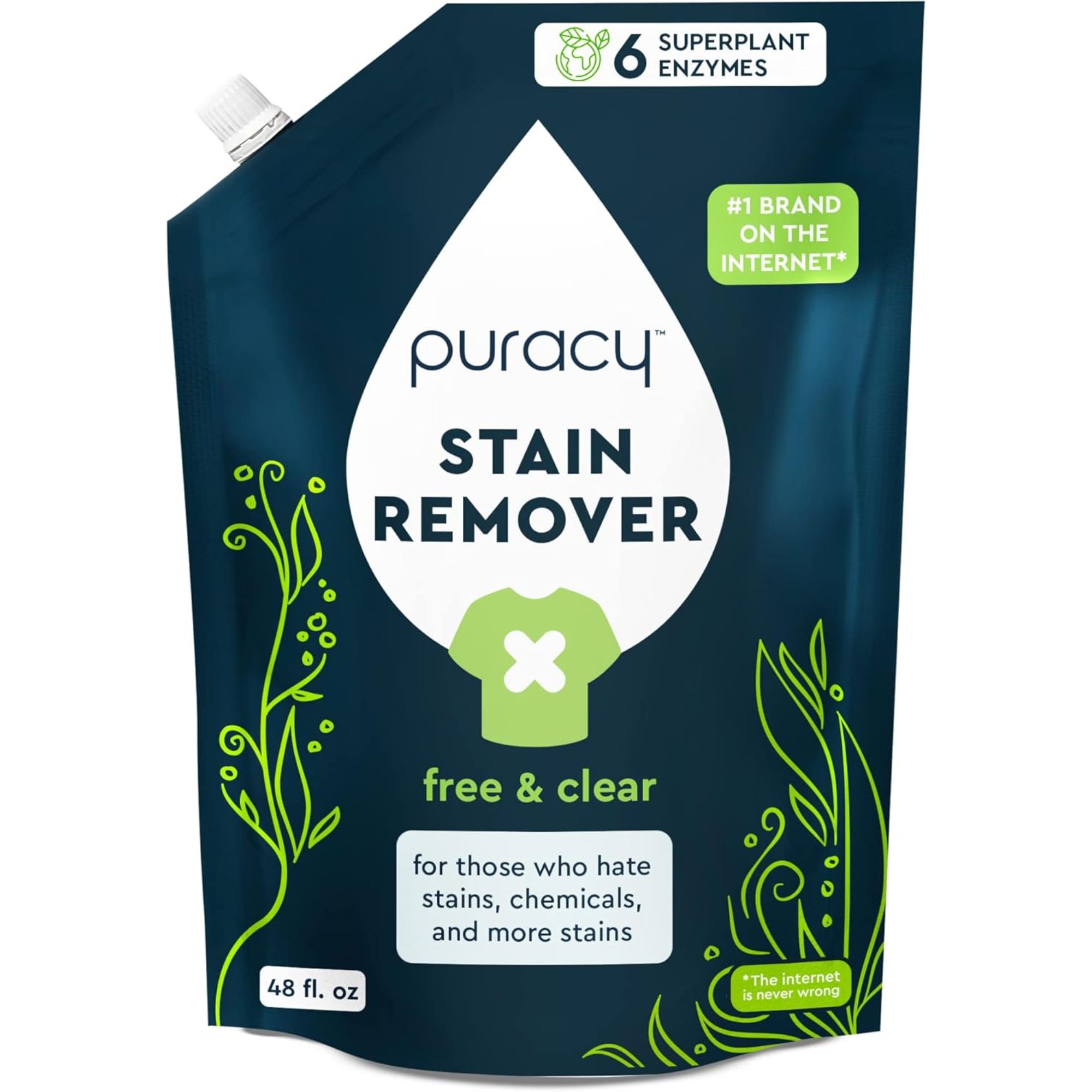
This stain remover uses only pure ingredients to successfully tackle all stains, and is suitable for all water-safe fabrics.
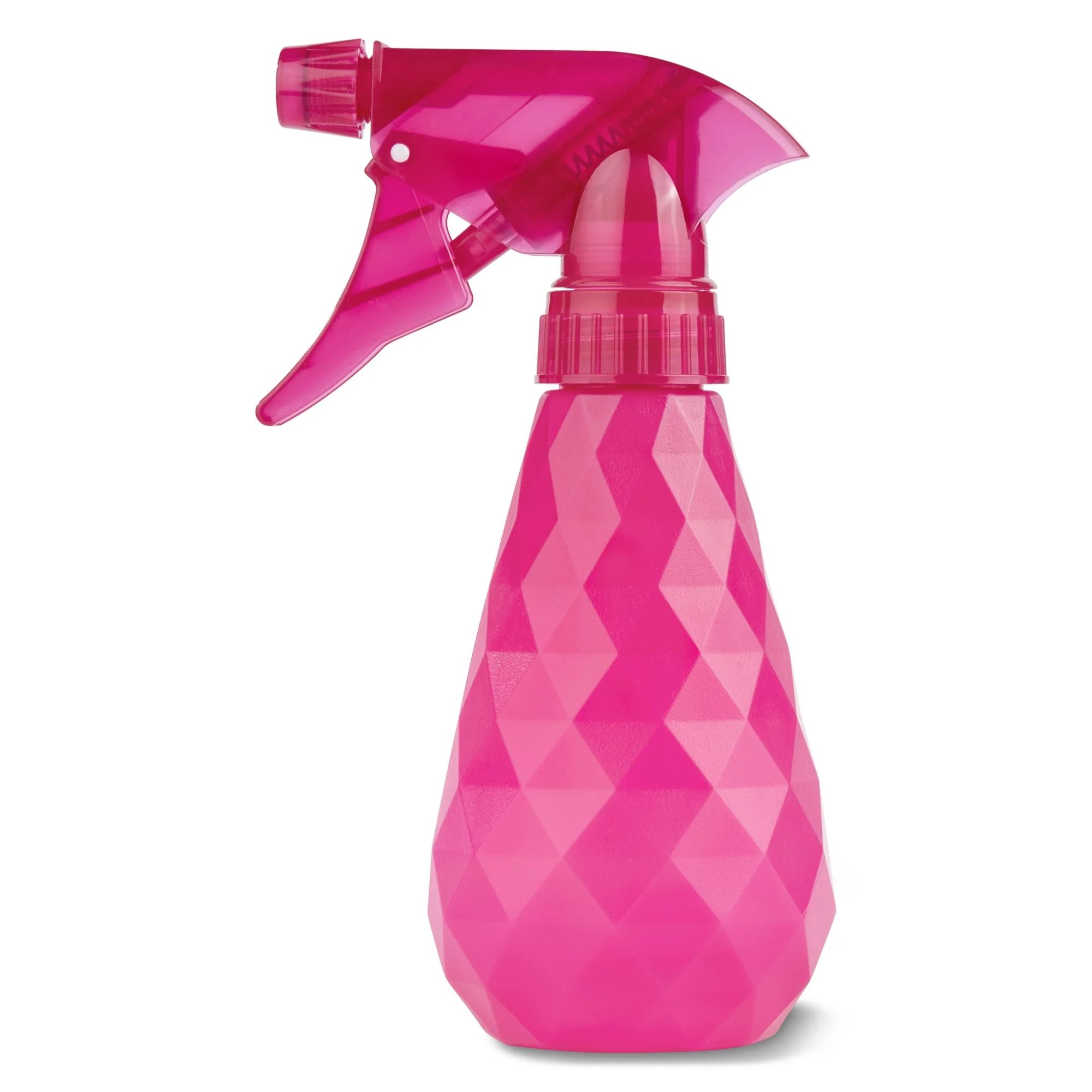
This spray bottle adjusts from a stream to a mist, to easily mist DIY cleaning solutions over a memory foam mattress, without soaking it.
3. Deodorize with baking soda

To deodorize a memory foam mattress without re-wetting the surface, try cleaning with baking soda.
Cleaning expert Riley says, ‘As for deodorizing the mattress, I recommend sprinkling a generous amount of baking soda over the entire mattress and letting it sit for 15-30 minutes (or overnight, says cleaning expert Toner). Baking soda absorbs the moisture that is necessary for mold or bacteria to thrive. After letting it sit, you can then vacuum the mattress thoroughly, to remove the baking soda and lingering odors.’
It is worth noting that some vacuums are not suited to sucking up lots of fine powder as it can clog filters. To avoid this, brush off the majority of the powder with a dustpan and brush, such as the Libman Whisk Broom with Polypropylene Dustpan available at Walmart, and trash it in a sturdy bag, such as the Hefty Strong Large Trash Bags available at Amazon. Then, use your vacuum to pick up the remaining fine dust.
‘One final tip I will offer is using a fabric freshener on the mattress,’ Riley adds. ‘I prefer Fresh Wave Odor Eliminator Spray, at Walmart, because it's inexpensive and made with natural ingredients.'
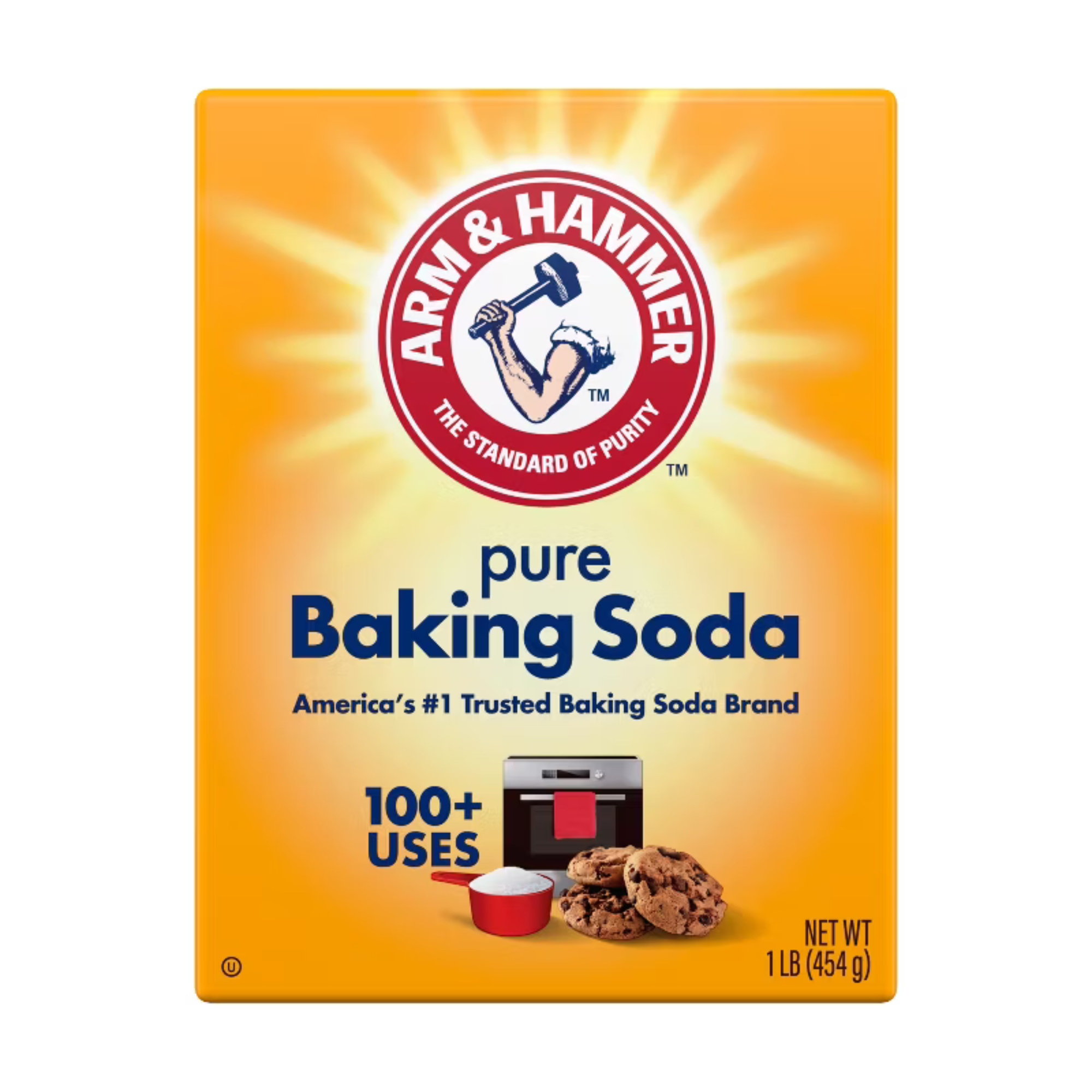
From cooking to cleaning and deodorizing, this baking soda can be used all around the house as an alternative to harsher commercial chemicals.
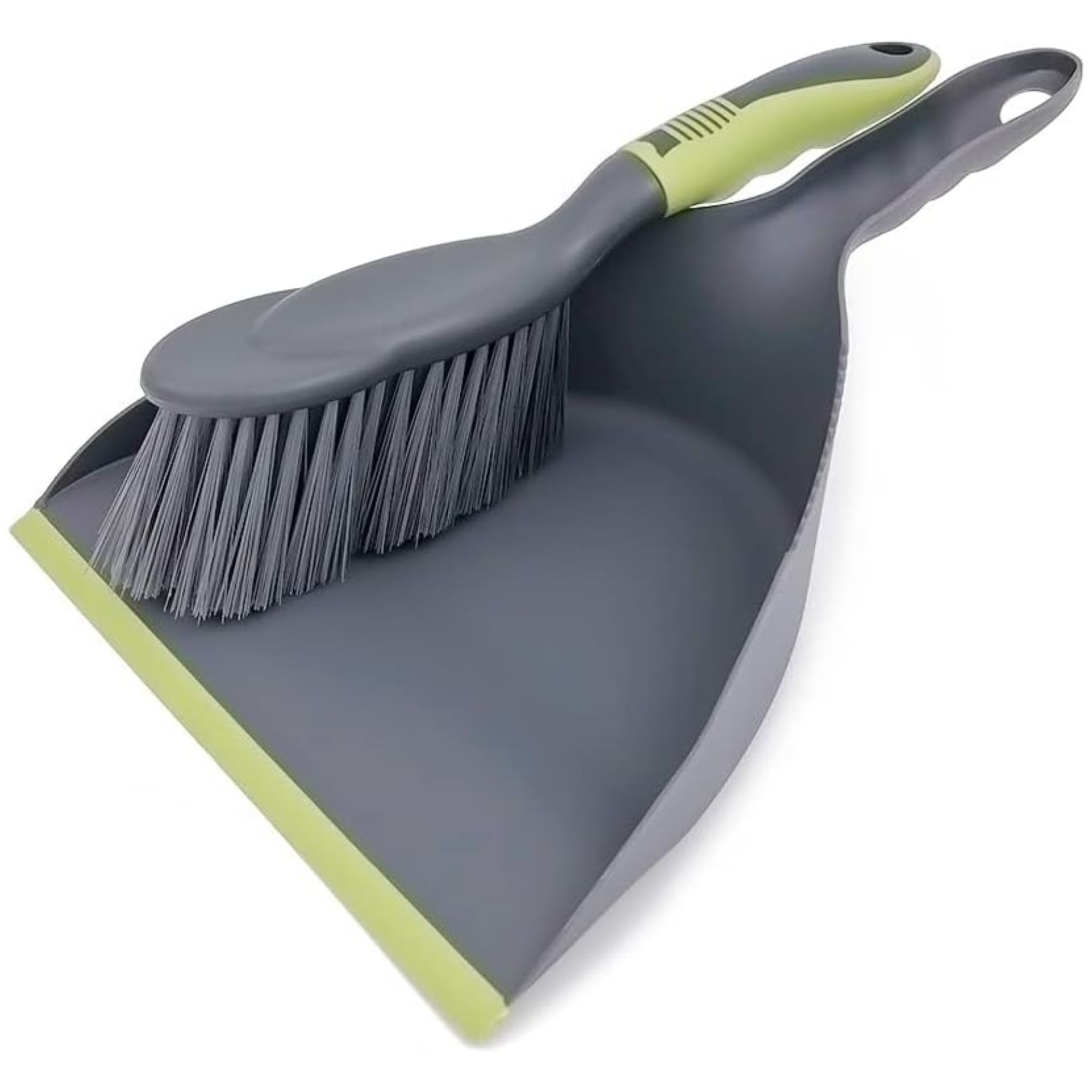
With a non-slip grip, this high quality dust pan and brush is quick, easy and effective.
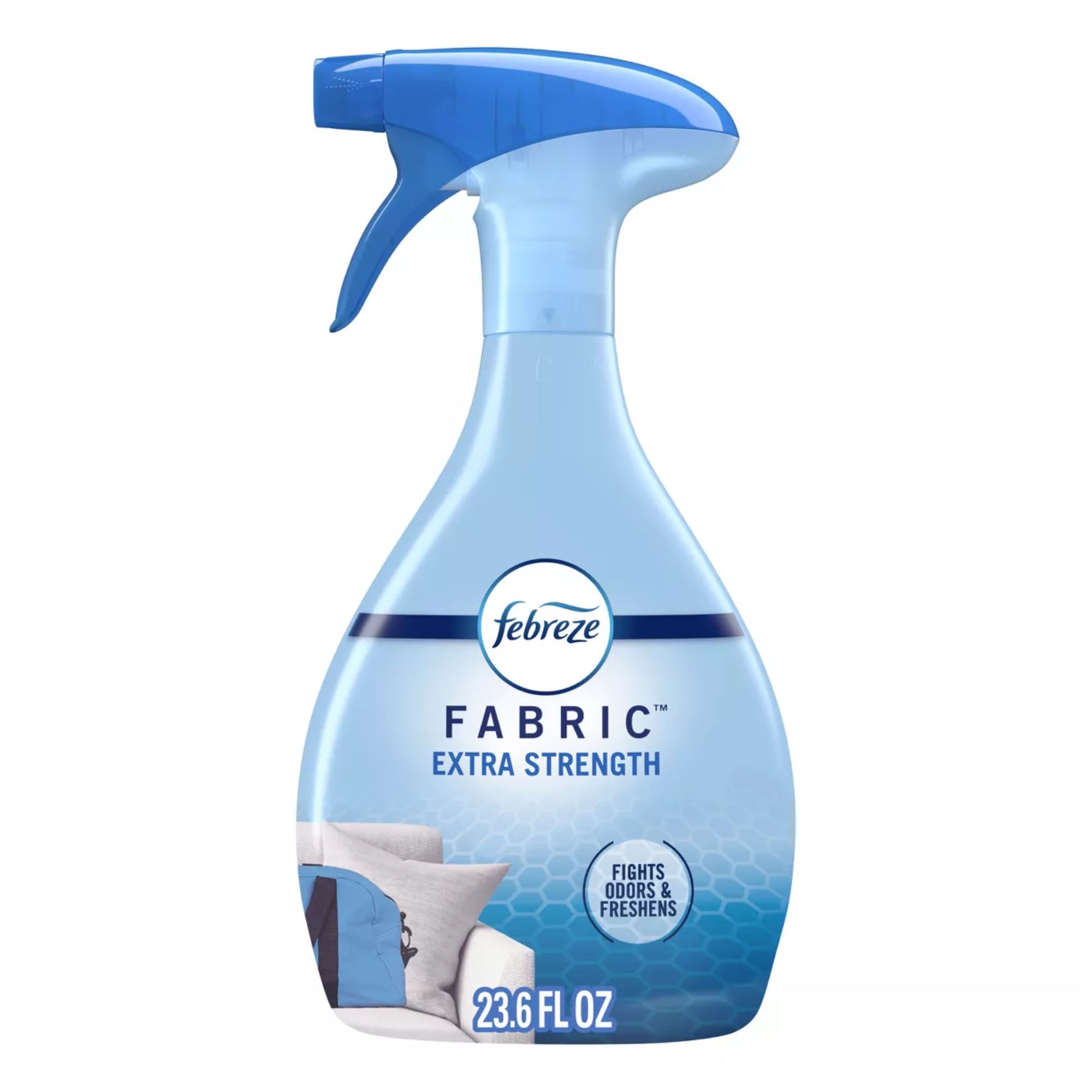
This fabric freshener penetrates deep into fabrics to lift odors and leave them smelling fresh and clean.
4. Disinfect with white vinegar

If you are still concerned about bacteria on your memory foam mattress, you can clean with vinegar, such as the Iberia All Natural Distilled White Vinegar available at Amazon to help kill germs and remove odors. Spray a fine mist of white vinegar over the surface of your memory foam mattress, being sure to avoid soaking the foam.
Then, let it dry by placing the mattress in direct sunlight and opening a window to increase ventilation. Ensure it is fully dry before replacing your bedding. The pungent smell of vinegar disappears when it dries, so don't worry, you won't be smelling it through your bedding.
You can also use a 50/50 mix of water and vinegar to get rid of mold spores and odors. Spray or mist it on, don't soak the memory foam.
How to keep a memory foam mattress clean and fresh

So, after all that hard work, how do you keep a memory foam mattress clean and fresh?
‘To keep a mattress smelling nice, the best course of action is to establish a cleaning routine,' says cleaning expert Riley. 'Ensure you’re keeping your bedding clean.
‘Cleaning your sheets at least once a week will remove sweat, body oils, or skin cells that collect in the fabric. By keeping your sheets clean you will ultimately extend the freshness and longevity of your mattress.’
While this might be a chore you put off for as long as possible, knowing how to wash bed sheets properly will keep them looking and feeling their best, and our expert-led guide delves into the details.
Then, as cleaning expert Toner recommends, 'Rotate the mattress 180 degrees every three to six months to prevent uneven wear and maintain comfort,' and invest in one of the best mattress protectors, to keep your mattress in good condition.
Christina Heiser of Saatva, says, ‘A protector is designed to keep dirt, dust, liquids, stains, and bugs out of your bed. It can also help prevent sweat stains.’ Better yet, they can easily be removed and washed in a washing machine for easy refreshes, making cleaning a memory foam mattress far simpler.
'This will help increase the lifespan of your mattress with an additional barrier between your bedding and the mattress,' adds bedding expert Ijaz. 'We recommend using our Antimicrobial & Water-Resistant Egyptian Cotton Mattress Protector (available at Pure Parima) available in both percale and sateen.
'This protector is water-resistant featuring a stain-repelling finish along with AGP silver protection ensuring a clean and hygienic sleeping environment. The protective layer is highly resistant to washing, continuing to repel bacteria and moisture even after years of washing.'
If you worry about the mattress protector making you too hot at night, our tester tried and love the Sijo Home Clima Mattress Padc which helped her stay cool and comfortable at night. You can also machine wash it on cool.
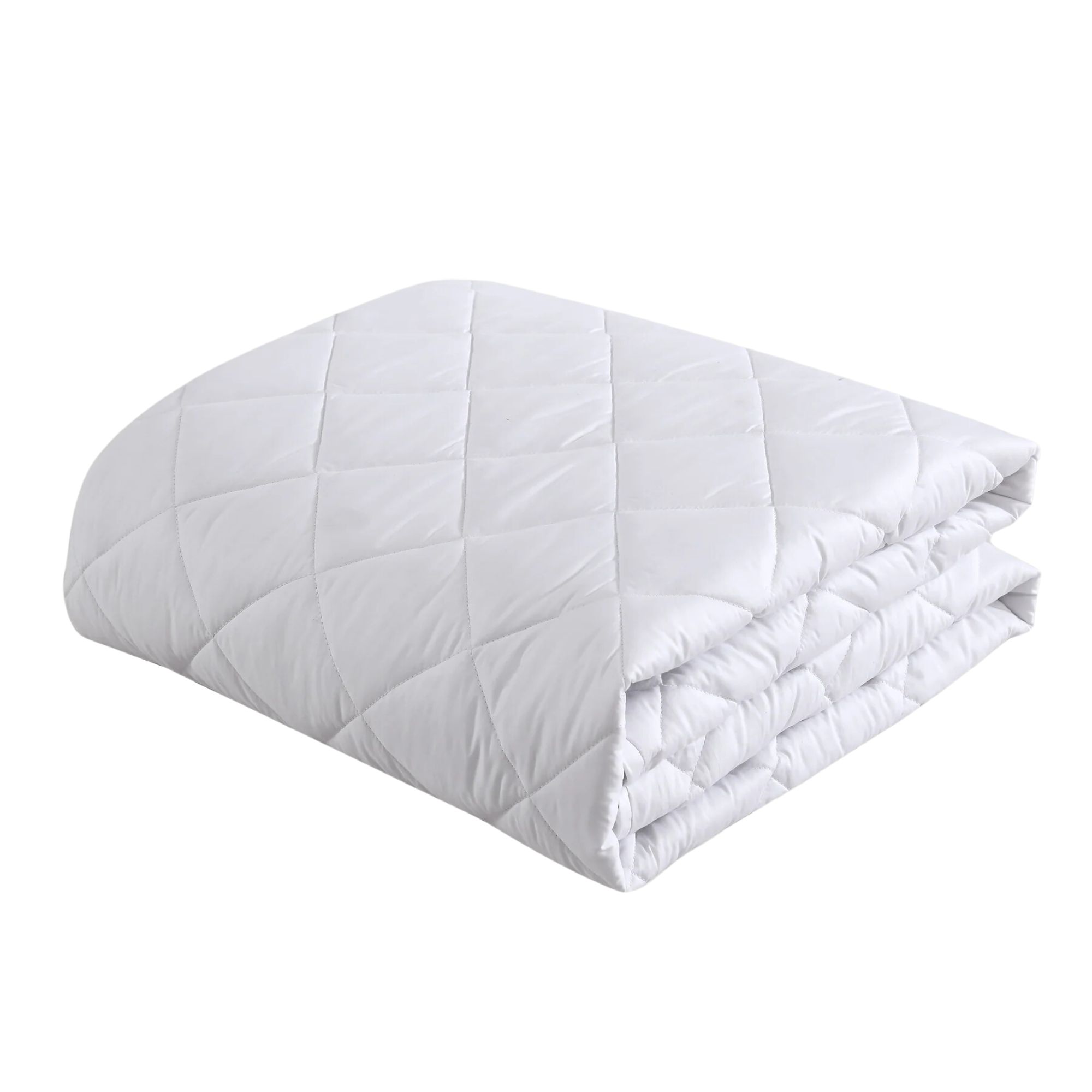
This luxury mattress protector is designed to fit even the tallest of mattresses, with a continuous elastic hem and additional elastic straps.
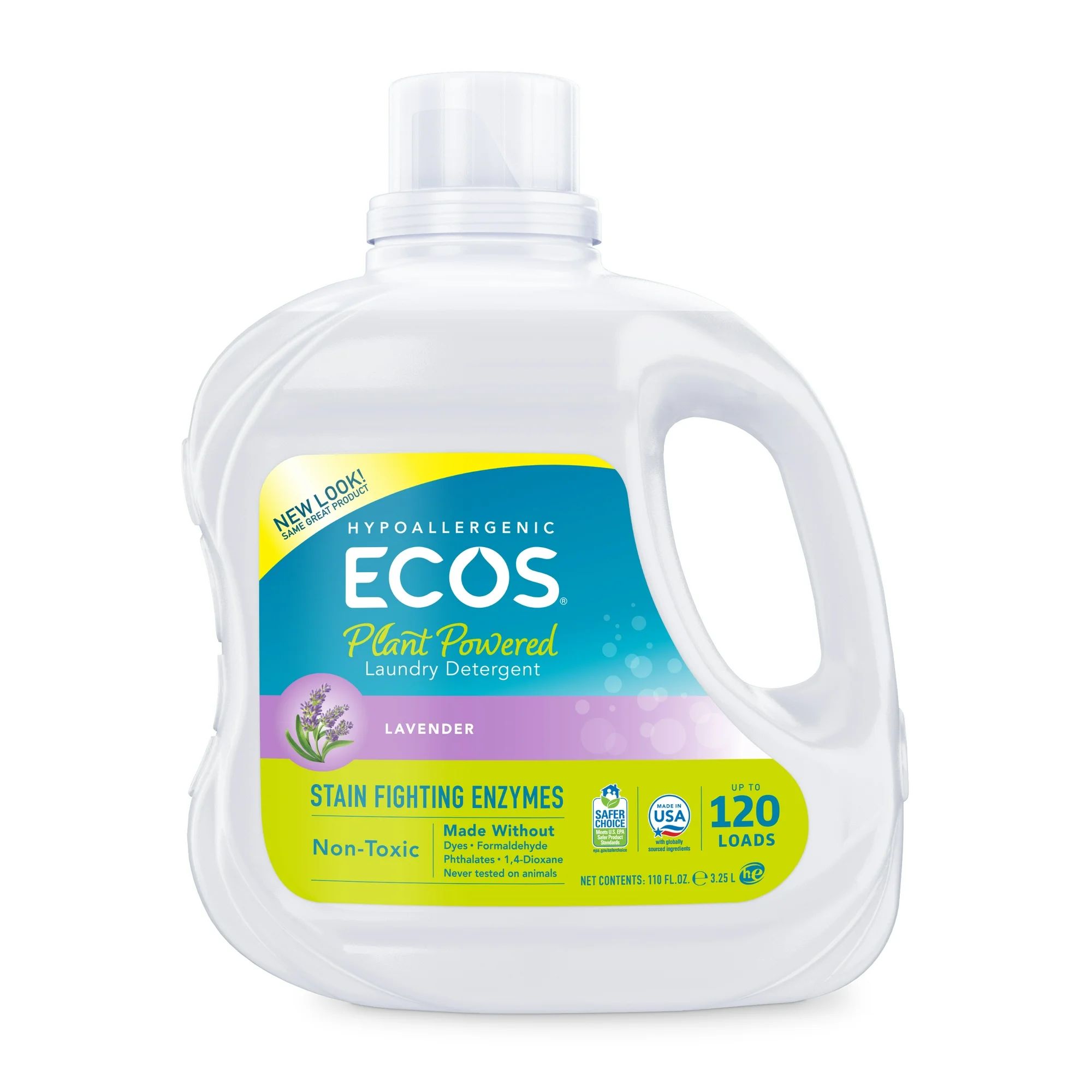
This plant-based, hypoallergenic laundry detergent lifts stains by harnessing the cleaning power of coconuts.
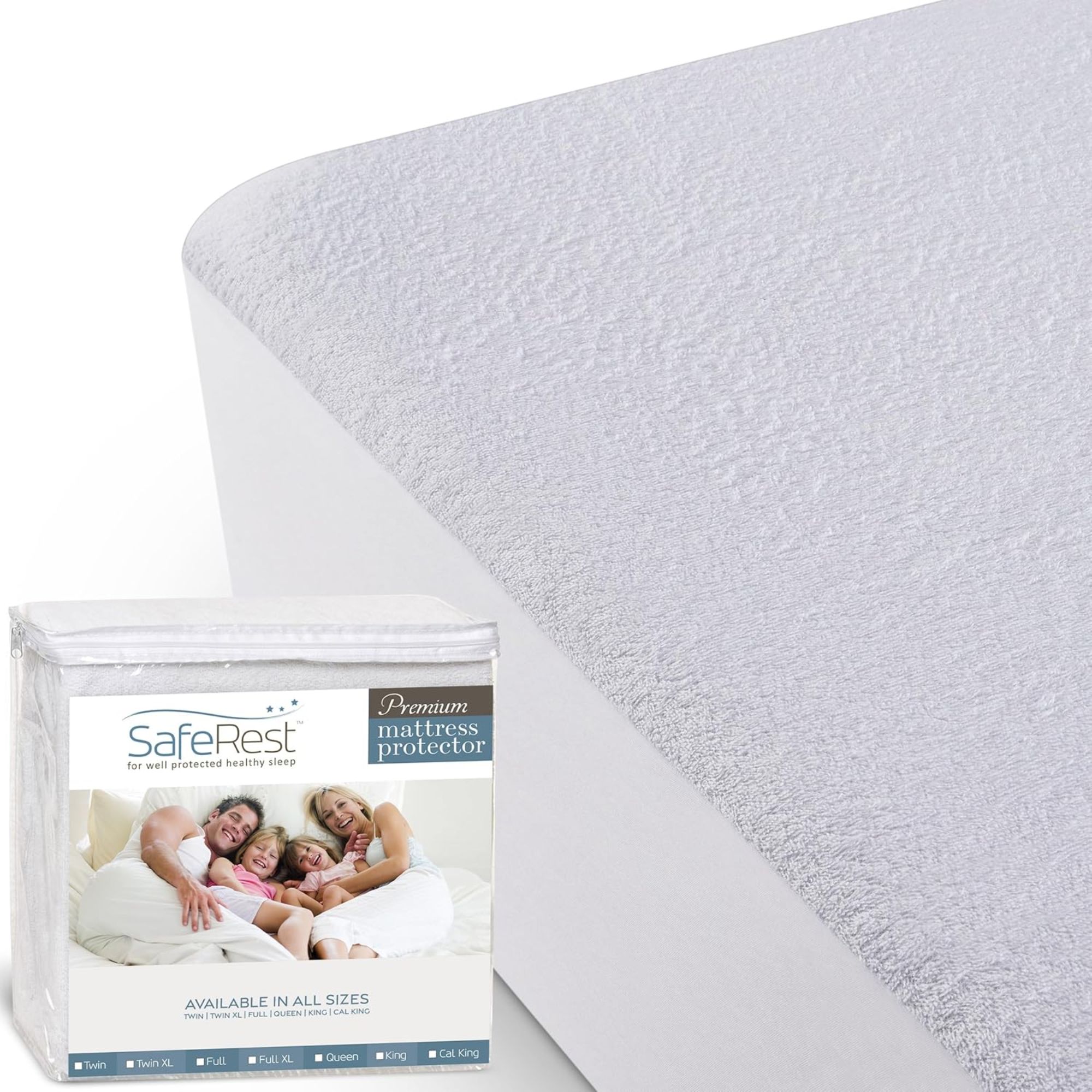
This mattress protector is breathable, machine washable and tumble-dry safe, with a water-resistant barrier.
FAQs
What ruins memory foam?
As with any foam materials, exposure to high heat and humidity levels will speed up the deterioration of your memory foam mattress. Therefore, keep your bed away from any heat sources such as radiators, and use one of the best dehumidifiers if you spot any damp, mold or mildew in your bedroom ideas. You also shouldn't use a steam cleaner on a memory foam mattress as the combination of heat and humidity may lead to issues.
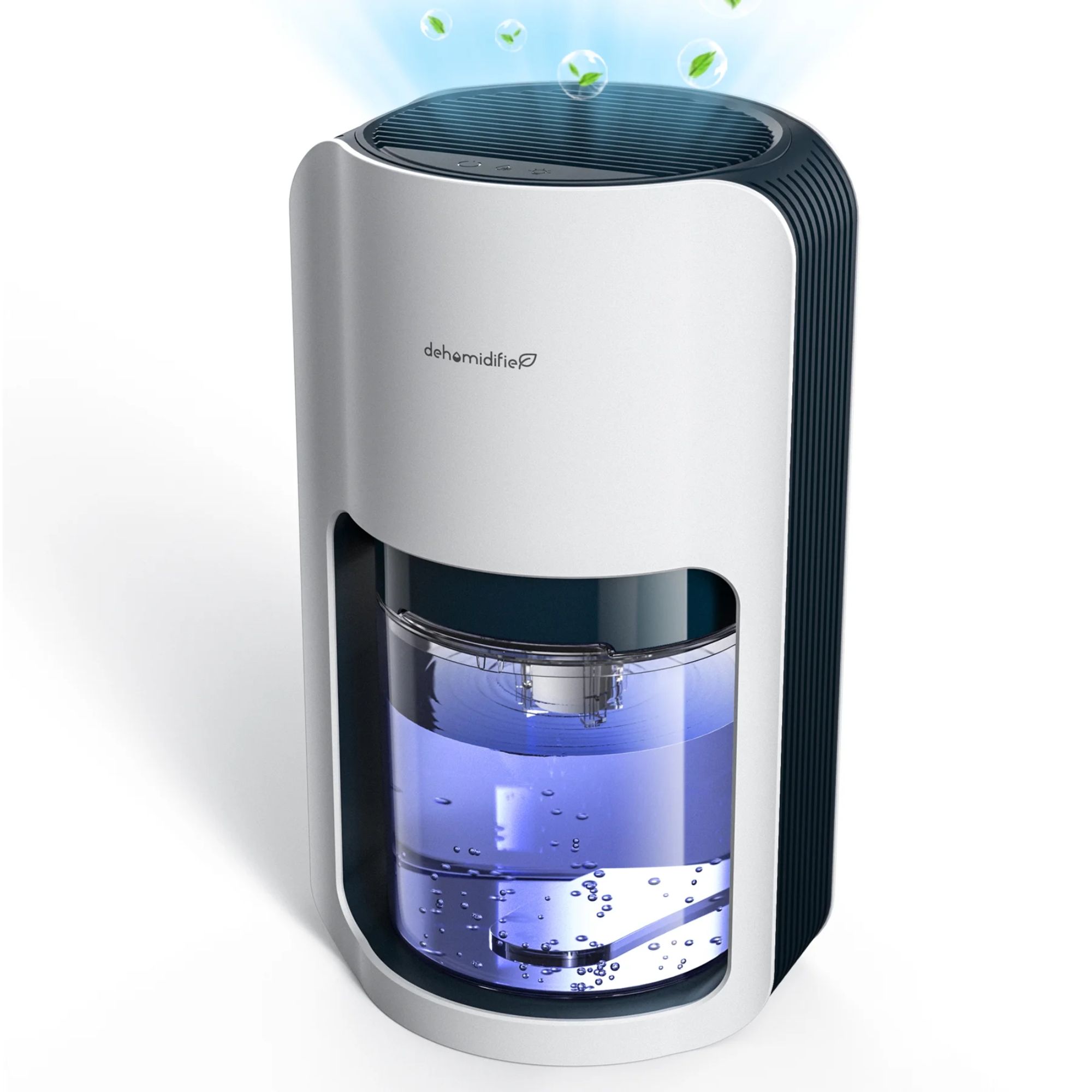
This dehumidifier is energy efficient with a low power consumption, helping you to save money at home. With a one-button control switch, it's also simple and easy to use.
How long do memory foam mattresses last? Our resident sleep writer, Emilia Hitching, knows all about how long a mattress should last, and breaks down how to make yours last longer.
Sign up to the Homes & Gardens newsletter
Design expertise in your inbox – from inspiring decorating ideas and beautiful celebrity homes to practical gardening advice and shopping round-ups.

Chiana has been at Homes & Gardens for two years and is our resident 'queen' of non-toxic living. She spends most of her time producing content for the Solved section of the website, helping readers get the most out of their homes through clever decluttering, cleaning, and tidying tips. She was named one of Fixr's top home improvement journalists in 2024.
- Ottilie BlackhallNews Writer
-
 Joanna Gaines’ new Target drop has everything you need for a stylish Easter weekend outdoors – I’m shopping her affordable pieces to prep for summer
Joanna Gaines’ new Target drop has everything you need for a stylish Easter weekend outdoors – I’m shopping her affordable pieces to prep for summerFrom dinnerware to lawn games and outdoor movie night gear, here’s what I’m shopping from Joanna Gaines’ latest Hearth & Hand drop at Target
By Charlotte Olby Published
-
 Do cleaning products expire? Professional cleaners warn time could make them ‘less effective, and in some cases, irritating to use’
Do cleaning products expire? Professional cleaners warn time could make them ‘less effective, and in some cases, irritating to use’For the best results, it pays to stay on top of the timeline of your cleaning products
By Chiana Dickson Published
-
 Do cleaning products expire? Professional cleaners warn time could make them ‘less effective, and in some cases, irritating to use’
Do cleaning products expire? Professional cleaners warn time could make them ‘less effective, and in some cases, irritating to use’For the best results, it pays to stay on top of the timeline of your cleaning products
By Chiana Dickson Published
-
 How to clean a patio – 6 different methods, and when you must use a chemical cleaning agent
How to clean a patio – 6 different methods, and when you must use a chemical cleaning agentFrom manual scrubbing, natural solutions or calling in the pros, industry experts reveal the benefits and considerations of each method
By Andy van Terheyden Published
-
 5 surprising but brilliant ways to clean with old socks – from perfectly buffing stainless steel to deterring pests naturally and more
5 surprising but brilliant ways to clean with old socks – from perfectly buffing stainless steel to deterring pests naturally and moreTackle dust in tricky corners, clean your mirrors and even banish bad odors with those rogue single socks
By Andy van Terheyden Published
-
 5 things people with clean upholstery always do – simple, quick and oh-so-effective
5 things people with clean upholstery always do – simple, quick and oh-so-effectiveEnsure your furnishing looks clean year-round with these expert tips
By Seraphina Di Mizzurati Published
-
 'Wick away the ick' – 6 things people with clean laundry rooms always do to make this hardworking space shine
'Wick away the ick' – 6 things people with clean laundry rooms always do to make this hardworking space shineThese tips on how to clean your laundry room will banish grime
By Seraphina Di Mizzurati Published
-
 How safe are carpet deodorizers? As a seasoned vacuum tester, I urge you to try alternative methods
How safe are carpet deodorizers? As a seasoned vacuum tester, I urge you to try alternative methodsNatural cleaning is always the answer
By Dan Fauzi Published
-
 'The world will not end' – 5 cleaning habits to quit for a happier, easier life, and what to do instead
'The world will not end' – 5 cleaning habits to quit for a happier, easier life, and what to do insteadGet your home sparkling, minus the stress
By Ciéra Cree Published
-
 9 things you can clean with glycerin – this cheap and natural cleaner is perfect for indoor and outdoor use
9 things you can clean with glycerin – this cheap and natural cleaner is perfect for indoor and outdoor useFrom patio furniture to silverware, this hydrating and gentle cleaning agent will work miracles
By Ciéra Cree Published